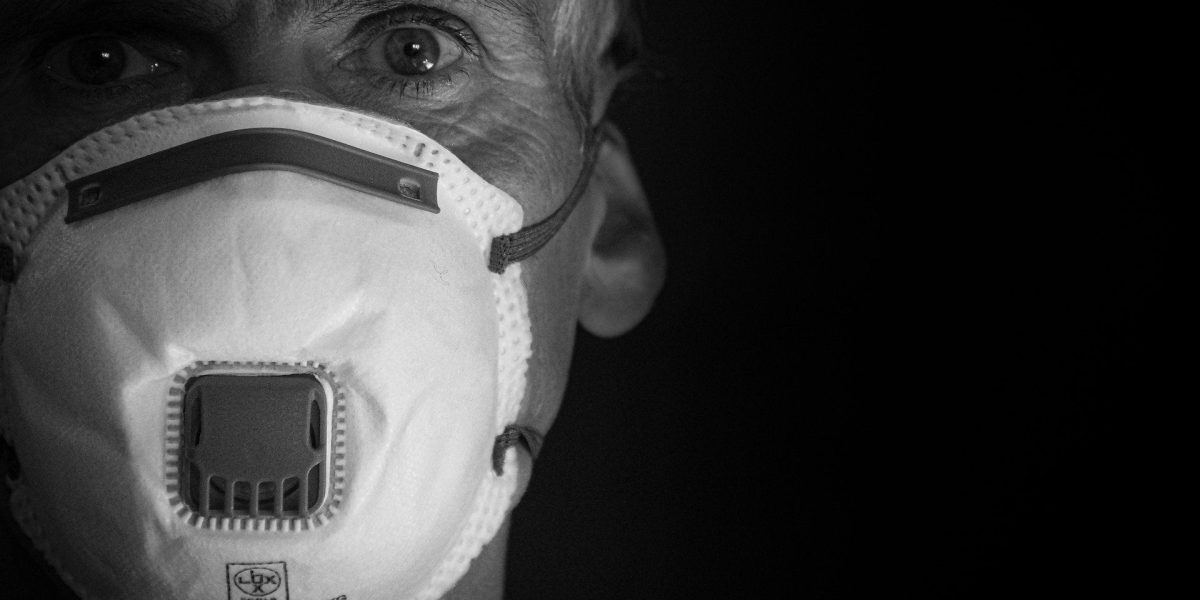|
Getting your Trinity Audio player ready...
|
– Lachlan Mackay
Statistics are informative, but occasionally they can also be misleading. The COVID-19 outbreak has given us a wealth of stats to help understand the virus; however, it has been a challenge to find true meaning in them. The asymptomatic nature of the virus causes a delay in recording of cases, often giving the disease a week to spread before one knows they are contagious. Moreover, analysis suggests that the disease can infect people and spread without showing symptoms whatsoever, potentially representing up to 50% of true total infections. As such, at any point in time the widely quoted ‘Confirmed Cases’ number is likely a vast understatement the extent of the virus in each region. On the other hand, the more accurate fatality number can be utilised to calculate a closer estimate of the spread of infection.
Confirmed cases are a function of testing; the extent to which a region is willing or able to test for COVID-19 informs the recorded case number. For instance, South Korea was proactive in deploying a widespread testing program in combination with a unique tracking system to remain in control of the virus spread. Meanwhile, Italy has a similar population to Korea, but had five times the number of confirmed cases and fifty times as many deaths as Korea by the time they had recorded 100,000 tests (about 2000 tests per million people). Furthermore, in most countries, including the United States, if you were not sick enough to require hospital, remained home and recovered, you would never appear in any official statistics yet may still have passed the virus on.

A better way to understand the total spread of COVID-19 is through the delay multiplier. The reported fatality rate at any given time is more like a running average: current fatalities divided by confirmed cases. Let’s say it takes an average of 14 days for someone contagious with the virus to either recover fully or pass away. Therefore, the true fatality rate at any point in time is a function of fatalities over total cases 14 days prior. In a simple example, if there were 10 recorded deaths on day 14 and the true virus fatality rate is 1%, we can expect that there were approximately 1000 active cases on day 0. This means that those 1000 cases have had 14 days to spread at an exponential rate to get to the true number today.
Exponential (or compound) growth is naturally part of our philosophy as investors, especially here at Montaka. It can be challenging to comprehend exponential power as we inherently like to think linearly. Compounding growth can be thought of in doubling periods; if infections are growing at 10% per day, it will take about 7 days for the number of infections to double. So in our hypothetical example, the true estimate of infections on day 7 is 2000 and on day 14 is 4000. Or if infections grew at 20% per day (3.5-day doubling period), the true estimate would be 16,000. To put that number into context, Italy’s tenth death occurred when confirmed cases were just 322, New York and Korea each at about 1000. Confirmed cases do not tell nearly the full story of COVID-19.
Though of course each region has different demographic and social characteristics, applying this simple example on a larger scale shows the true power of unchecked exponential growth. Moreover, it exemplifies the importance of intervention and containment measures that have proven successful around the world, despite the delay for such measures to take effect in reported numbers. Regions who were proactive, intervening early and aggressively, have had a significant deal of control over the spread and quickly slowed its growth. Those who underestimated the exponential spread of infection and waited to act are now caught in a tragic battle to contain the virus before it overruns community health systems.
Lachlan Mackay is a Research Analyst with Montaka Global Investments. To learn more about Montaka, please call +612 7202 0100.





